Perimenopause doesn’t only play games with your body; it messes up your moods. There may be days when you feel like you’re surrounded by the most gorgeous shoes on earth, but you can’t find your size. It’s hard not to feel be frustrated with everything when you’re experiencing some of the symptoms of perimenopause: mood swings, insomnia, weight gain, oh and uh, um…memory issues, yes! Memory issues. You can find help using a thousand year old discipline. Yoga. If you start incorporating yoga techniques when you’re feeling frazzled, it can help you feel calmer and more centered during perimenopause, it can even rev up your sex life…talk about reducing stress!
People do talk about the joys of exercise. While you may not like getting sweaty, exercise can give you an emotional lift. My recent article on how to ease menopausal symptoms with exercise explains how even a gentle workout (think housecleaning) can help.
Doctors have been studying the health benefits of yoga
A recent study by Dr. Beth Cohen, “Yoga: An Evidence-Based Prescription for Menopausal Symptoms,” published by the Journal of the North American Menopause Society found that the 120 women in the study (they were between 40-50 years old) experiencing menopausal symptoms followed a regime of five 60-minute yoga sessions for eight weeks had a significant reduction in menopausal symptoms. The study also showed that they also increased their concentration and attention spans. Talk about a side benefit.
How do yoga techniques help you? The breathing exercises can help gently reduce stress. The various yoga poses assist in keeping and gaining flexibility and muscle strength. Combined together, they help you alleviate perimenopause symptoms. Another study by the Roosevelt University Stress Institute in Chicago found that “Yoga stretches reduced physical stress while increasing physical relaxation.”
Slip on those yoga pants, ladies and try out these blissful yoga techniques.
Viniyoga, developed by Gary Krafsow, MA works on physical issues like back pain as well as anxiety and depression.
Iyengar is an extremely gentle form of yoga. It’s a favorite among injured athletes, arthritis sufferers, and those who do not exercise regularly.
The Yoga Alliance lists yoga studios across the nation. You can find a studio that offers yoga classes in those disciplines.
Jacki Nett, a faculty member of The Iyengar Institute of San Francisco, and Yoga Journal’s resident expert states that the Viparita Karani (legs up the wall pose) “Did wonders for me when in the throes of menopause…I would end up in Viparita Karani, and I always came out feeling grounded and with a sense of inner knowing about what to do next.”
Suza Francina, leading yoga instructor and the author of Yoga and the Symptoms of Menopause, says that when you’re practicing yoga, “It is far better to do a few poses in a peaceful, leisurely way than to rush through too many.” She also recommends the Viparita Karani (legs up the wall pose) as well as the Reclining Butterfly. “If I could just pick one or two poses a day, I’d pick these two.”
For the Reclining Butterfly pose, sit in front of a bolster placed lengthwise behind you. Keep the soles of your feet together. “It totally opens up the pelvis,” says Francina. “It’s the same pose you would do if you were having a period with bad cramps.” Oh the joys of having your period, those memories never really go away!
Mary Beth Janssen, author of Rejuvenation: Spa Secrets for Menopause and a certified Mind Body Health teacher with the Chopra Center of Well-Being devised a series of gentle yoga poses. The six poses were published in Health magazine and are so easy to do; you can practice them while watching TV.
Speaking of TV, you can try out yoga in the comfort of your own home. Yoga for Menopause is a 38 minute guided Ananda yoga session that works for women experiencing perimenopause or menopause. Kathy Smith’s Moving Through Menopause combines yoga, cardio and strength training.
The next time you find yourself feeling overwhelmed or stressed out due to menopause, take a step back and try one of the yoga breathing techniques you’ve been studying. Center yourself; take a deep breath, hold and release. Then do it again. You’ll be surprised how quickly deep breathing can make you feel happy. Want to know another great thing about taking up yoga? You now have the perfect excuse to pick up that cute yoga outfit you’ve been eyeing in the store.
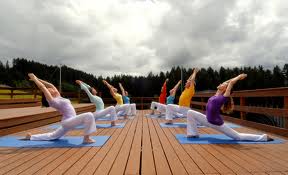
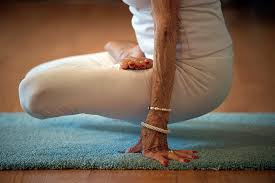


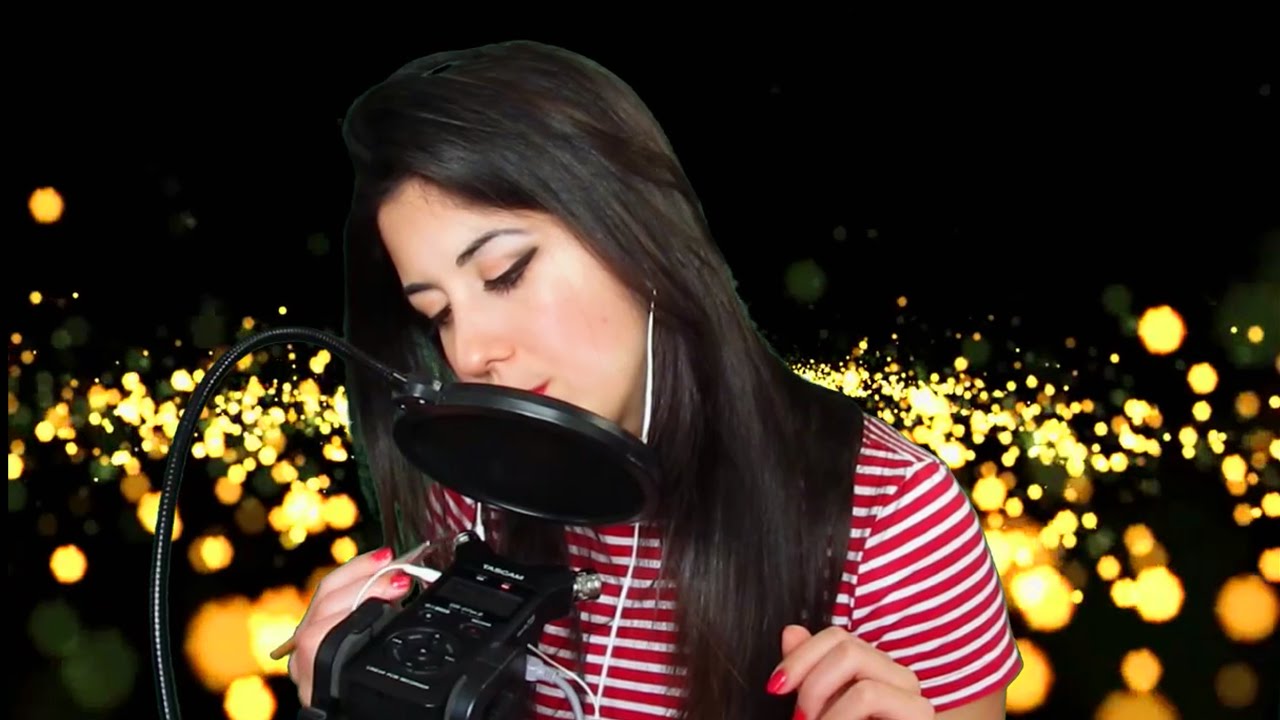


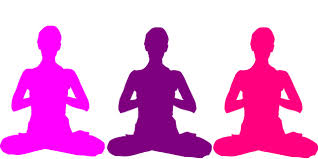
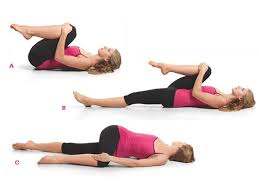

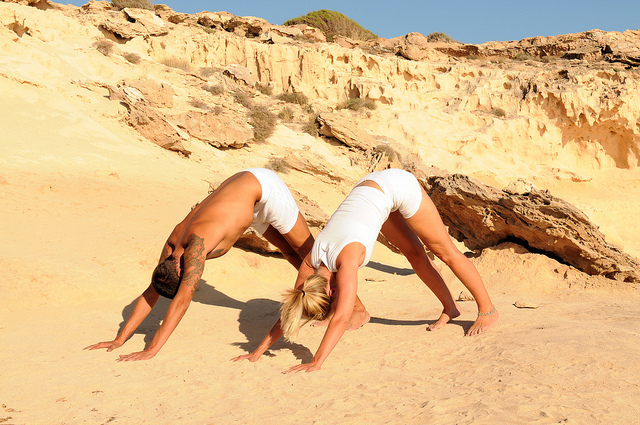
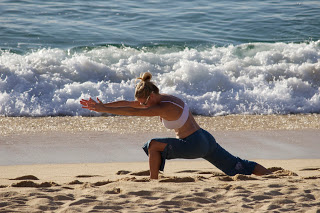
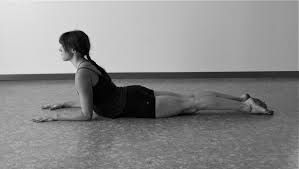



Be the first to comment